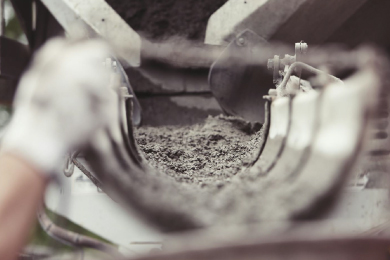In August this year, the Government produced a white paper, outlining reform of the planning system in the UK. The planning system is pivotal to the country’s most important challenges, including providing quality homes and workplaces, fighting climate change, improving biodiversity and promoting sustainable growth.
This reform comes after the Prime Minister’s declaration that: “Thanks to our planning system, we have nowhere near enough homes in the right places. People cannot afford to move to where their talents can be matched with opportunity. Businesses cannot afford to grow and create jobs. The whole thing is beginning to crumble and the time has come to do what too many have for too long lacked the courage to do – tear it down and start again” – Boris Johnson, Prime Minister.
In recent years we have seen a significant increase in house building, with construction rates at a 30-year high in 2019. But as evidenced in the Building Better, Building Beautiful Commission 2019 interim report, too often what we do build is ‘low quality and considered ugly by local residents’.

The planning reform paper comprises three main pillars, namely development, design and infrastructure. Pillar Two – ‘Planning for beautiful and sustainable places’, sets out how a simpler planning process could improve certainty about what can be built where and can enable the creation of beautiful places that will:
- stand the test of time
- protect and enhance our precious environment
- and support our efforts to combat climate change and bring greenhouse gas emissions to net-zero by 2050
Simon Green, Managing Director of Green Building Design Consultants comments: “There is currently not enough focus on design. There is no incentive within the process for developers to propose beautiful spaces that will enhance the environment, unless they have core values to do so. The introduction of design codes to encourage design quality at a local level will be welcomed”.
To support local authorities in the creation of local design codes, a new body will be set up and each local authority will employ a chief officer for design and place-making to oversee quality. Local design codes will need to have community input to be valid.
Simon Green adds: “Here at GBD we focus on low energy building design and it will be vital that environmental factors are considered properly as part of the planning and development process”.
Current frameworks such as the Strategic Environmental Assessment, Sustainability Appraisal, and Environmental Impact Assessment are known to lead to duplication of effort and unnecessary delays. Last year consultations took place to move towards a Future Homes Standard, which was a first step towards net zero homes. From 2025, new homes are expected to produce 75-80 per cent lower CO2 emissions compared to current levels. These homes will be ‘zero carbon ready’, with the ability to become fully zero carbon homes over time as the electricity grid decarbonises, without the need for further costly retrofitting work.
Secretary of State, Robert Jenwick, confirms: “We will build environmentally friendly homes that will not need to be expensively retrofitted in the future, homes with green spaces and new parks at close hand, where tree lined streets are the norm and where neighbours are not strangers”.
The ambition is that homes built under the new planning system will not need retrofitting in the future and that we will deliver a commitment to net-zero by 2050. Historic buildings will also play a central part in this and many will need to be adapted to changing uses and to respond to new challenges, such as climate change.
Simon Green concludes: “We specialise in low energy within historic buildings here at GBD and there are many challenges to getting this right. The Government’s planning reform white paper clearly sets out that more historical buildings must have the right energy efficiency measures to support the zero carbon objectives but to do this well, with or without reform, will require the right skillsets and expertise to truly build better and build beautiful”.




.png)




